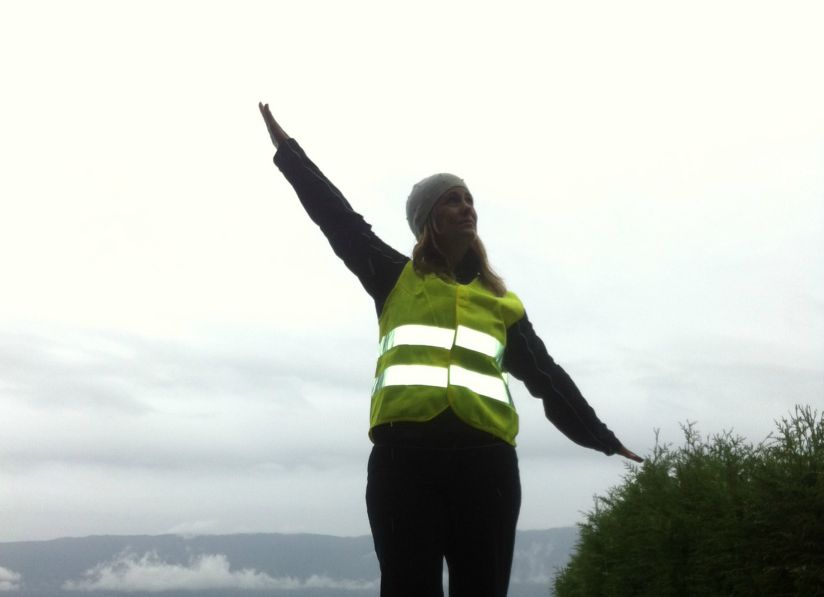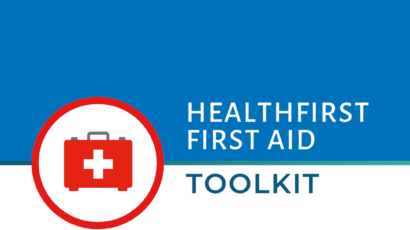I wake up each morning to an amazing view of the Jura from my bedroom window then drive to work with the impressive panorama of the Alps before me. Each day they are different – colour, light, haziness, contrast, snow – but what remains the same is their status as a playground for people of all ages and all seasons.
However, as the experienced and hardy would say ‘the mountain is not your friend!’ This might sound rather dramatic but it is true. However knowledgeable you are, weather, accidents, medical conditions, equipment failure can mean that you need to know:
1. When to call out a rescue helicopter
2. What telephone number to call for help (if you have a signal, a warm phone and enough battery)
3. What to say to the operator
4. How to prepare for an arriving helicopter
5. How to give a distress signal if you have no phone
Read on to find out more…
WHEN TO CALL OUT A RESCUE HELICOPTER:
If the land emergency services (ambulance, fire service etc) would take too long, the access is too difficult or impossible. This can also apply to the non-mountainous extremes of your canton/area.
And, you need emergency medical care for anyone who:
– is unconscious
– is having difficulty or has stopped breathing
– is having a suspected heart attack or stroke
– has fallen from a height or other cause of a back/neck injury
– has a severe burn or amputation
– is a child who is seriously ill or injured
– is trapped or involved in an avalanche
– is part of a multiple casualty accident.
WHAT NUMBER TO CALL:
Call 1414
(the mountain rescue service – REGA) if you are in Switzerland. You can also use the iREGA app from a mobile phone.
If you are in France, Italy or another European country:
Call REGA directly on + 41 333 333 333
Or, the local emergency services on 112 (this will connect you to the nearest Police control centre who will then direct your call).
WHAT TO SAY TO THE OPERATOR:
1. Where did the accident occur. Give GPS coordinates from a receiver or mobile phone. Say which country, canton and locality you are in. Give a description of local landmarks eg buildings, rivers, lakes etc
2. Give your name and telephone number. Leave the line clear in case they need to call you back but don’t hesitate to call again if the situation changes eg more casualties found, there is a second accident or someone’s condition deteriorates.
3. What happened. What was the nature of the accident or signs and symptoms of the illness.
4. How many people are injured or ill and approximately how old they are (baby, child, teenager, adult or elderly person).
5. What the terrain and weather is like at the accident site. Flat, steep, presence of overhead cables or powerlines, is it rainy, snowy, foggy, windy?
HOW TO PREPARE FOR AN ARRIVING HELICOPTER:
Remember the helicopter may be red (REGA or Air Glacier), yellow (Hôpitaux Universitaires de Genève, or TCS) or another colour.

– try to find a 25 x 25 metre site about 100 metres away from the helicopter site that has no obstacles eg cables, trees, pylons etc.
– remove any loose items from the area eg rucksacks, skis, clothing, branches etc
– Raise both arms in a Y shape and keep them still when the helicopter is circling. This means ‘YES I NEED HELP’.
– kneel down and stay down whilst the helicopter is landing
– keep eye contact with the pilot
– do not approach the helicopter until the rotors are completely still
YES I don’t need a helicopter signal:

NO I don’t need a helicopter:

HOW TO GIVE A DISTRESS SIGNAL IF YOU HAVE NO PHONE:
If you have no phone, no battery or no signal, give the International Emergency Signal. This is six distress signals within a minute, waiting one minute then repeating until rescue arrives. The distress signal can be:
1. Audible eg shouting, whistles, yodeling
2. Light signals eg mirrors, flashing lights
3. Visual signs eg waving with clothing, branches
If you receive a distress signal like this, acknowledge this by returning three signals per minute then calling the emergency services.
Want to know more about Mountain First Aid? Click here to see the details of our upcoming interactive, dynamic coursehttps://healthfirst.ch/shop/
Blog written by Dr Penny Fraser.





